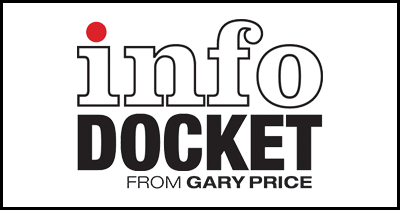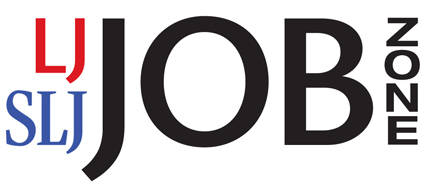A Few Thoughts on the Forbes Contributor Column Re: Amazon.com Should Replace Local Public Libraries
UPDATED POST: July 23, 2018 Forbes Removes “Replacing Public Libraries with Amazon.com Column” (via Fast Company)
—
A contributor post/column on Forbes.com in the past day suggesting that Amazon replace public libraries has been getting a ton of attention with the library community correctly saying that this is a silly/awful/bad idea.
A few comments from infoDOCKET Founder/Editor, Gary Price.
1. This Forbes contributor post (and ones like it) are nothing more than the author saying something to ruffle feathers, get attention, and in this case, promote a new book. I consider this post a form of link bait.
2. Comments like, “This is why some people have started using their loyalty card at Starbucks more than they use their library card” provide no statistical evidence that this is the case. In fact, the post contains no evidence, examples, or statistics to prove why what is being suggested is a good idea.
3. All of this said, it’s one thing to make silly statements as the author does here but what about the people who believe what they read?
This problem goes far beyond this specific column and has been around for years.
The library community (libraries, vendors, etc.) need to better job of not only marketing/promoting/talking/educating others about what we do but also explaining WHY what a library offers is important in a community and more specifically, why it’s valuable to the individual cardholder.
We not only need to educate those who use or consider using a library’s services (are they aware of all offerings?) but also reach those who don’t use or haven’t even considered using a library’s services. People have no chance of using something they’re unaware of.
4. Perhaps the most important resource a library offers are the librarians and staff . Are we doing a good job of educating people what 21st Century librarianship is about? What skills do librarians have? What services can we offer? How are traditional skills applicable in today’s world? We have to do much better.
5. Finally, it’s worth noting that public libraries and library users have been providing Amazon.com with an extremely valuable commodity for many years when it comes to books and reading. What is it? Library user data.
Library users who read library-borrowed ebooks (via OverDrive, a service a local public library is paying for) on their Kindle device(s) are providing Amazon with data about each and every borrow. This data stays on the Amazon server UNLESS the user removes the record. Moreover, users who make any notes in their library ebooks have it stored on Amazon servers unless they remove it.
This lack of transparency (what we often ask of others when it comes to data) about how this process works (Amazon.com has a record of what ebooks you borrow, how to remove data. etc) is troubling and does not serve are users. By no means does this mean that the “read on Kindle” feature should be eliminated but rather a non-technical explanation and if needed instructions how how to remove material should be made available at the point and time of use to allow users to make a decision that works for them.
See Also: Adding Transparency to the Ebook Transaction (June 25, 2013)
Filed under: Companies (Publishers/Vendors), Data Files, Libraries, News, Patrons and Users, Public Libraries
About Gary Price
Gary Price (gprice@gmail.com) is a librarian, writer, consultant, and frequent conference speaker based in the Washington D.C. metro area. He earned his MLIS degree from Wayne State University in Detroit. Price has won several awards including the SLA Innovations in Technology Award and Alumnus of the Year from the Wayne St. University Library and Information Science Program. From 2006-2009 he was Director of Online Information Services at Ask.com.


